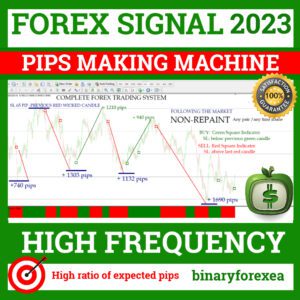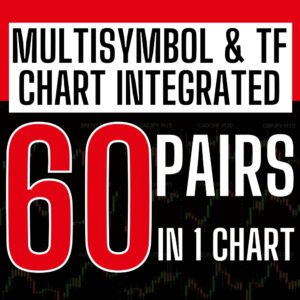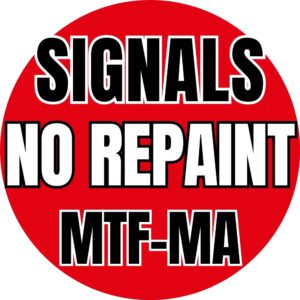Showing all 24 resultsSorted by popularity
-
100% NON REPAINT PIPS MAKING MACHINE FOREX SIGNAL STRATEGY
$699.00Original price was: $699.00.$19.99Current price is: $19.99. -
FOREX ENGULFING SYSTEM INDICATOR
$699.00Original price was: $699.00.$14.99Current price is: $14.99. -
FOREX SUPERTREND POWERFUL ADVANCED PROFIT ULTIMATE
$699.00Original price was: $699.00.$149.99Current price is: $149.99. -
REAL PROFIT MAKER FOREX SIGNAL STRATEGY
$699.00Original price was: $699.00.$99.99Current price is: $99.99. -
FOREX BEAST MODE PROFIT MAKER TRADING SYSTEM
$699.00Original price was: $699.00.$99.99Current price is: $99.99. -
TRUETREND – Forex MT4 System Indicator + Template
$149.99Original price was: $149.99.$19.99Current price is: $19.99. -
BEST FOREX SUPER SIGNAL + TRIPLE CONFIRMATION
$699.00Original price was: $699.00.$79.99Current price is: $79.99. -
M1 Scalping Signal – Binary Options – Forex
$199.00Original price was: $199.00.$99.99Current price is: $99.99.
FREE
USEFUL LINKS
WEEKLY NEWSLETTER
We Accept

© binaryforexea.com - Todos los derechos reservados






























